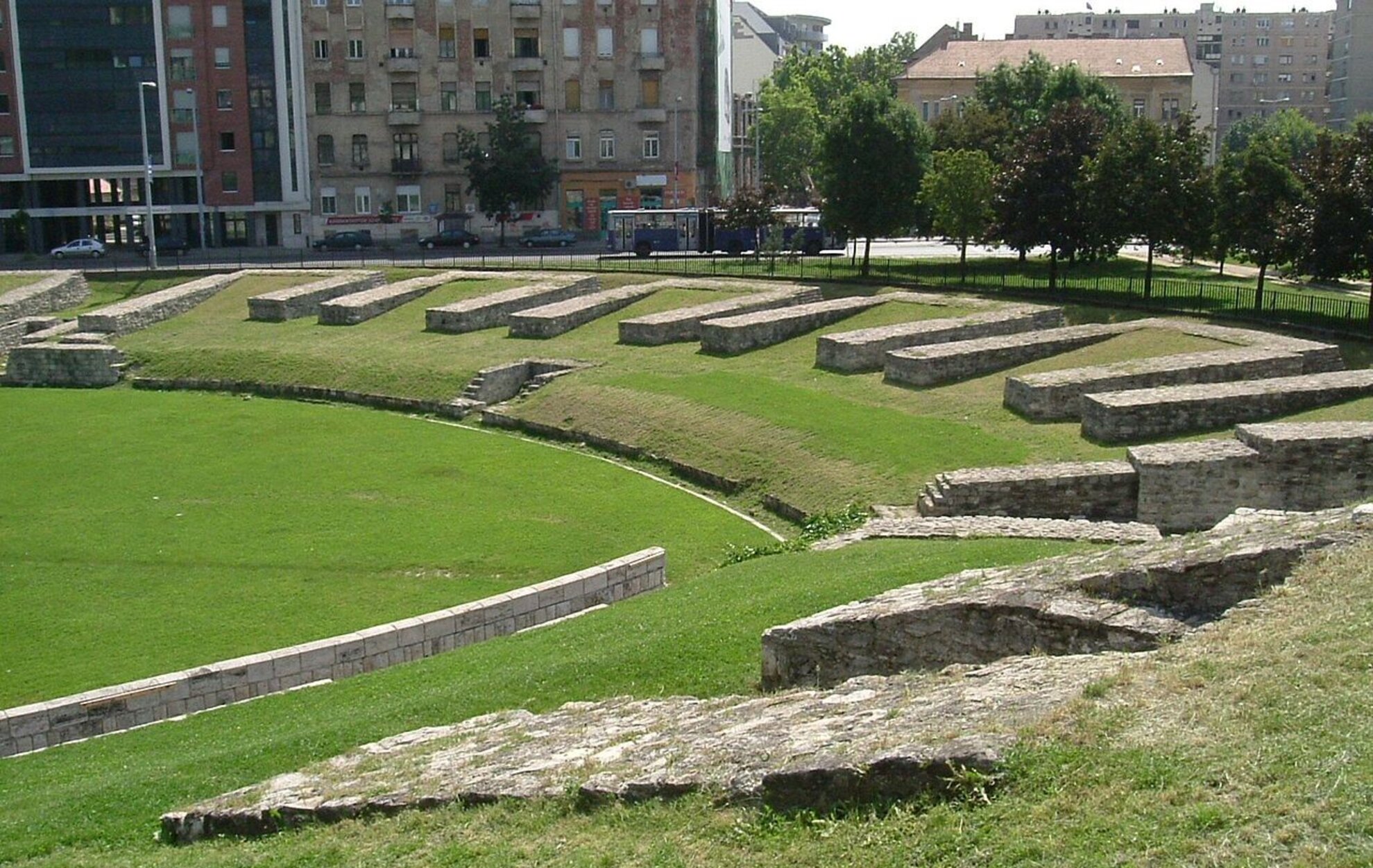The old daysBudapest and its surrounding areas have been inhabited since the Roman ages, when the city of Aquincum was raised by the Danube providing headquarters and thermal water springs for soldiers. After the fall of the Roman Empire, the area became less populous. 400 years later, the Hungarians arrived, and, from then on, the city of Buda has served as an administrative center, whereas Pest, on the other side of theDanube, operated as a harbor and a commercial hub. During the Ottoman occupation, Buda was still home to the pasha, and remained the capital of Hungary after the country's reunification.

The golden agesIn 1848, Buda and Pest were the centers of the uprising against the Habsburgs, and also became the focal points of the Revolutionary War. In 1873 Buda, Pest and Aquincum (Óbuda) were merged into one metropolis, creating Budapest. From then on, the city became the flourishing commercial, cultural and administrative center of the Carpathian Basin, and, during the decades of Austro-Hungarian dualism, it transformed from a backyard Habsburg town to a fancy European metropolis. Most of the buildings that stand today were built throughout that period, and spectacular landmarks such as the Royal Palace, the Parliament, the Opera House, Andrássy Avenue, St. Stephen’s Basillica, Heroes’ Square, Városliget (City Park), several bridges, boulevards and the Millennium Underground were constructed. This definitely was the golden age of Budapest.

The wounds of the 20th centuryAs for the 20th century, the city had to survive tough times. The flourishing development halted when World War I broke out, since Budapest’s economy suffered a lot from the tragic repercussions of the Trianon-treaty. During World War II, Budapest remained unharmed until 1944, but then the German and Soviet siege came, and the city was almost wholly demolished. Despite the horrifying consequences of the Nazi genocide, Budapest still has the highest number of Jewish citizens per capita among major European cities.
The decay caused by WW2 even deepened under the neglecting dictatorship. In 1956, Budapest was the core of the Hungarian uprising against Soviet oppression, but, following a few revolutionary weeks, soviet tanks and soldiers cruelly suppressed the free-spirited movement, causing even more damage to the city.

The years of the Goulash CommunismDuring the consolidation, Budapest was filled with typical elements of Eastern-European socialist architecture: victorious mega-statues and communist housing complexes have mushroomed in the outskirts. After the regime change in 1989, the statues were transferred to a park where you can take a look at them to get a taste of the not-so-good old times. As for the blocks of flats, the government has initiated numerous projects to breathe new life into the pigeon-gray walls.
If you would like to know more about the hungarian society and economy after the communism, the following article may have some suprise for you.





